Updated March 2024
Ancient woodland is defined as an 'irreplaceable habitat' in the National Planning Policy Framework (NPPF)(2023) and includes any area that has been continuously wooded since at least 1600.
Ancient trees can be individual specimens, or groups of trees making up larger areas of woodland. Attributes include great age, size, condition, biodiversity and heritage value. Ancient woodland does not necessarily have to contain designated individual ancient trees. The location of classified ancient trees and woodland can be found on Natural England’s Ancient Woodland Inventory.
Within the classification of ancient woodland, ancient semi-natural woodland is made up of trees and shrubs that are native to the location, usually arising from a natural regeneration process. Ancient woodland also includes plantations on ancient woodland sites where areas of woodland are felled and replanted with non-native species.
Ancient woodland is a valuable natural asset for a number of reasons including providing habitats for wildlife, benefits to soil, carbon capture and storage, improving genetic diversity, as well as having recreational, cultural, historic and landscape benefits.
Veteran trees
Veteran trees may not be old, but are characterised by significant decay features such as branch death and hollowing. These contribute to the biodiversity, cultural and heritage value of the tree.
All ancient trees are categorised as veteran trees, but not all veteran trees are ancient. As species age at different rates, the age at which a tree reaches these milestones will vary.
Planning considerations
Development can have both direct and indirect consequences for ancient woodland and veteran trees. Direct impacts include damaging the roots, or altering the water table. Indirect impacts could be increased dust, light, water, air, or soil pollution.
Paragraph 186 c) of the NPPF states that 'development resulting in the loss or deterioration of irreplaceable habitats (such as ancient woodland and ancient or veteran trees) should be refused, unless there are wholly exceptional reasons and a suitable compensation strategy exists.' Exceptional reasons include, for example, infrastructure projects where the public benefit would clearly outweigh the loss or deterioration of habitat.
Therefore, there are a number of measures that can be taken to avoid and reduce the impact of development:
- Screening barriers to protect trees from dust and other forms of pollution.
- Integration of open space designed to protect ancient and veteran trees.
- Creation of buffer zones – the size and type depends on the scale of development, however there is a minimum requirement of 15 metres surrounding the boundary of ancient woodland.
This 15-metre minimum buffer is in place to avoid root damage. For ancient or veteran trees, a buffer zone is also required and should be at least 15 times larger than the diameter of the tree, and five metres from the edge of the tree’s canopy. A buffer zone should contribute to the wider ecological network and be part of the green infrastructure of the development.
A 2021 proposal to increase the minimum buffer size from 15 metres to 50 metres was rejected; however, government has committed to reviewing and strengthening the protection afforded to ancient woodland.
Further information
Contact Rosie Blenkinsop or Eleanor King
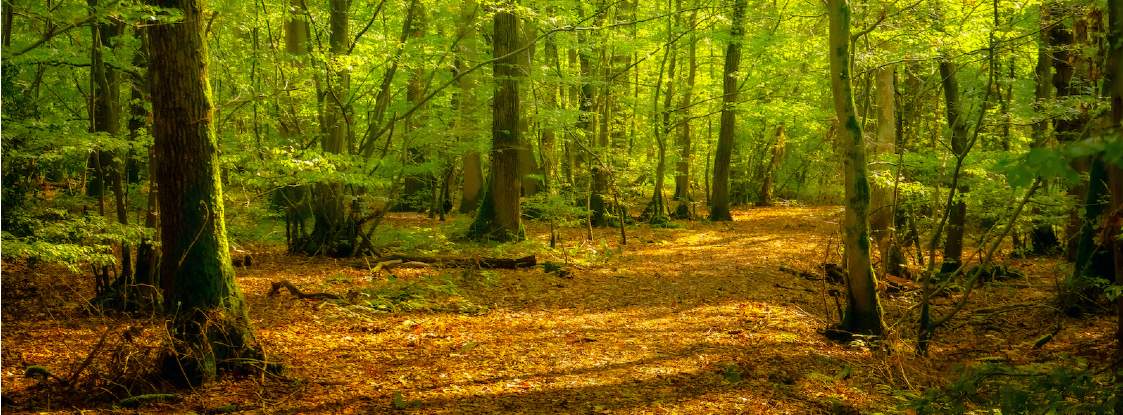
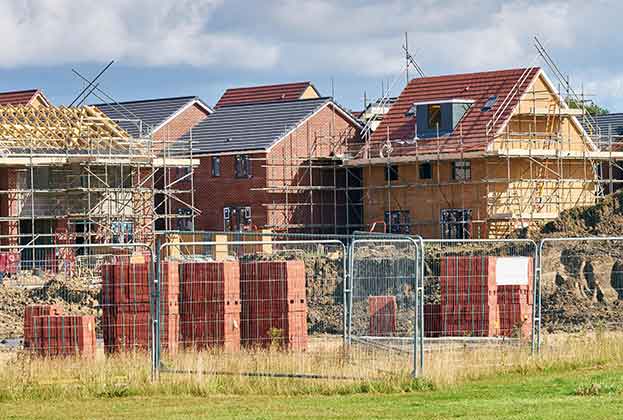
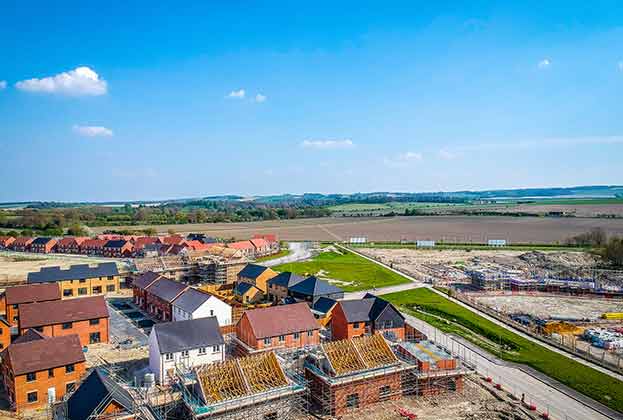
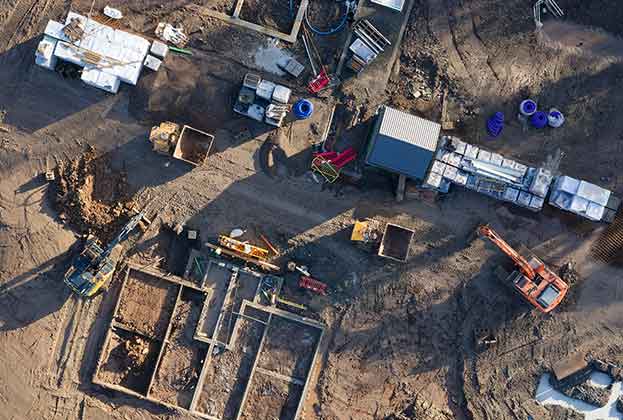
.jpg)
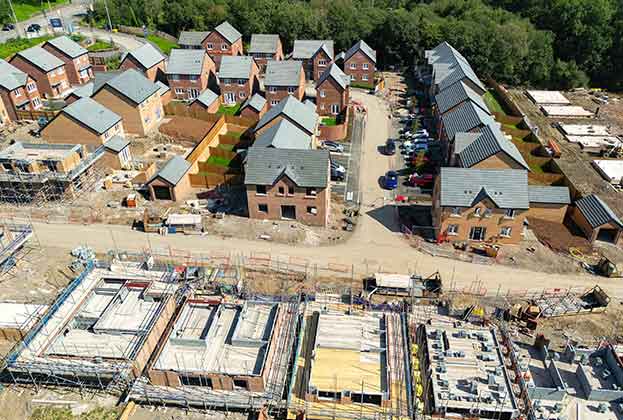

.jpg)

.jpg)
